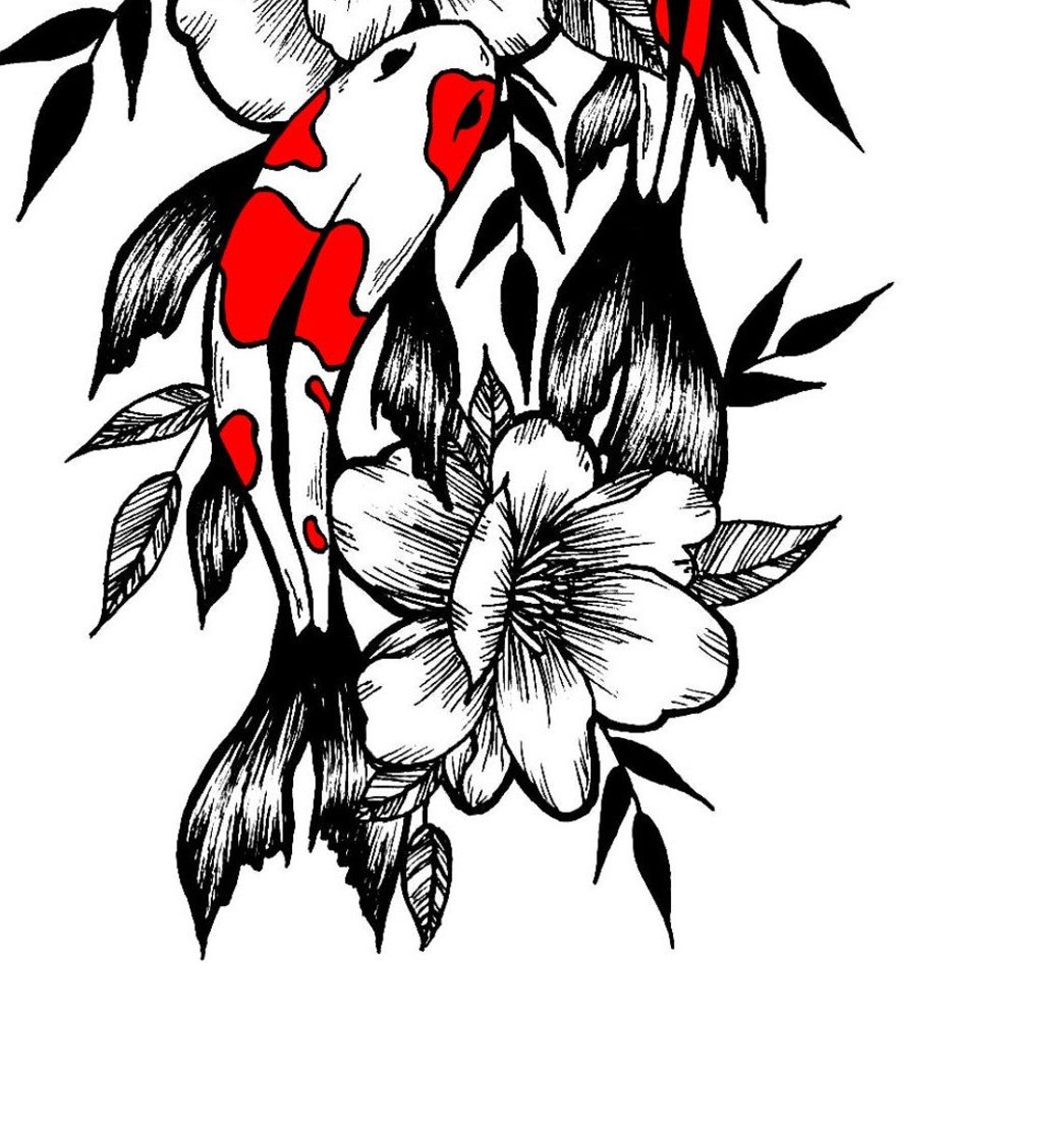

Sue Girak, the visual arts specialist at City Beach Primary School in Perth, Western Australia, teaches children in grades 1-6. In the course, Sue created a reduction lino print. This course gave me ‘permission’ to take that time by providing a framework to do so.” 2. And, it allowed me to practice and create! In the rush of the school year, creating our own art can easily be put on the back burner.

“I loved the AOE Printmaking course because it introduced me to new printmaking techniques such as tabletop printing. It also inspired me to experiment with familiar printmaking methods in new, innovative ways. Once they were dry, she cut them up and created a collage.īrooke had this to say about her course experience. To create the work below, Brooke first created a set of monoprints. This idea comes from Brooke Date, a K-8 visual art teacher at Beverly Cleary School in Portland, Oregon. Enjoy! Here are 8 Amazing Printmaking Ideas for All Grade Levels 1. So today, we’re diving into some of the amazing work that came out of this course. As I looked through their work each week, I knew I couldn’t keep it all to myself. I had students from New York and Oregon to Australia and Saudi Arabia! These were some of the most creative and passionate art educators I have ever met. I worked with fourteen fabulous art educators from around the globe. I just finished up teaching AOE’s Studio: Printmaking course, and I can’t tell you how much I enjoyed it. Today I’d love to share some of the amazing things I recently learned from my AOE students. And even though we’re all busy, it’s important to take the time to stop and reflect. Visit the landing page for links to all the related posts.One of the best things about being a teacher is that you get to learn right alongside your students. This post is part of our ocean science series. Models to use for printing are also available on Amazon (photo is affiliate link). Where to get supplies:Īcorn Naturalists sells a number of gyotaku supplies. There are loads of places to learn more about gyotaku on the Internet, just load up your favorite search engine and go. Traditionally not much else is added to the print, but you can use your imagination. Set the paper or cloth aside and allow to dry. Play around with the technique to see which way works best for you and how much ink is needed. Now you may either press the paper onto the fish or press the fish onto the paper, as evenly as possible. Place some block printing ink into the plates or trays, and ink up the brayer by rolling it through the ink.

If you are using actual fish, you will need to wash it with water to remove mucous/debris from the surface. The process is relatively simple, but may require practice to achieve the desired results. Fish external anatomy illustrations, such as at South Carolina Department of Natural Resources.Newspapers, old tablecloths or sheets to cover printing surface.

Brayer (hand roller for loading and applying ink).The fish example above is printed on cloth. You can print on paper or cloth as you choose. Today you can buy rubber or plastic replicas to use for printing. Traditionally, gyotaku prints were made by applying inks to an actual fish and then pressing thin, but tough paper onto it. Gyotaku started in Japan as a way for fishermen to record their catch. See this index for an extensive list of examples of gyotaku fish prints by artist Joe McAuliffe. In the process they learn about fish external anatomy, and also details useful in identification of individual species. While making colorful prints, children observe the fish closely. Gyotaku is wonderful because it incorporates both art and science into a combined learning experience. Today we are going to continue with our ocean science-themed activities for kids, with a fish printing activity based on the Japanese art form, gyotaku.


 0 kommentar(er)
0 kommentar(er)
